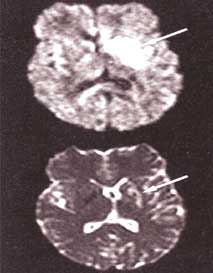Lifting heart s burden
 some time back heart attacks were considered a problem of only advanced countries. Not any more. Countries like India are fast catching up with the developed countries. For example, in the United States the most frequent cause of death in men over 35 and women over 65 is cardiovascular disease. In India, cardiovascular disease is currently the third largest killer and according to some estimates, is expected to shoot up 20 times by the year 2000. Which means we will hold yet another dubious record; every second person dying of heart disease the world over will be an Indian.
some time back heart attacks were considered a problem of only advanced countries. Not any more. Countries like India are fast catching up with the developed countries. For example, in the United States the most frequent cause of death in men over 35 and women over 65 is cardiovascular disease. In India, cardiovascular disease is currently the third largest killer and according to some estimates, is expected to shoot up 20 times by the year 2000. Which means we will hold yet another dubious record; every second person dying of heart disease the world over will be an Indian.
Of the estimated 50 million heart patients in India, about three million die every year due to heart attacks, while three to four per cent of the 30-plus population suffer from coronary heart disorders. According to Venkata S Ram of the North-Western Medical Centre, University of Texas, a renowned expert on hypertension, about 11 per cent of the Indian population suffer from hypertension in general, the risk increasing four-fold in urban Indians.
Against such a grim scenario, the claim ( Science , Vol 272, No 3262) that cardiovascular diseases may well be gone with this century is welcome news indeed. The optimism centres around four decades of solid progress in our understanding of cholesterol and the lipoproteins that carry it in the blood plasma. Giving an overview of this area Michael S Brown and Joseph L Goldstein, professors of molecular genetics from the University of Texas Southwestern Medical Centre, Dallas, claim that heart diseases may lose their notoriety early in the next century. "Exploitation of recent breakthroughs
